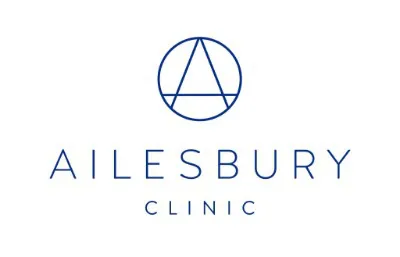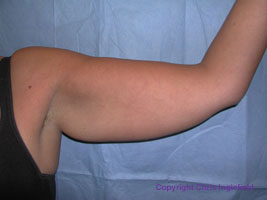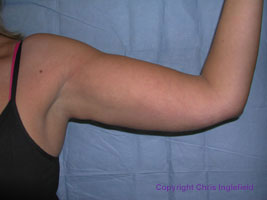Your first discussion with a practitioner should clearly set out your expectations of the treatment and establish that they match those predicted by your practitioner. Be realistic!
A medical history should be taken, to make sure that there are no reasons why you shouldn’t undergo liposuction. You would also normally be asked to sign a consent form at this time which means that you have understood the potential benefits and risks associated with this type of procedure.
Photographs may also be taken by the practitioner for a "before and after" comparison at a later date.
Your surgeon or doctor will give you specific instructions before coming in for the liposuction treatment. This may include avoiding the use of aspirin or any similar drugs for a couple of weeks before treatment (as these can cause increased bleeding). They may advise you to stop smoking as this can delay the wound healing, and avoid alcohol for a few days before the procedure.
Anaesthesia
The anaesthetic may be local, regional (i.e. via an epidural injection), or general, depending upon the area treated, the technique used, and your surgeon’s or doctor’s recommendations for you.
The use of a general anaesthetic carries a small additional risk which your practitioner will discuss with you before any decisions are made.
Depending upon the type of anaesthetic used, you may also have to fast (eat or drink nothing) during the night before and morning of your surgery.
Procedure
Small areas of liposuction may be performed in an outpatient clinic room with the appropriate facilities, but large areas would normally be done in a hospital.
Small incisions, around 5mm or so in length, are made around the area to be treated, and a hollow suction tube (cannula) is put in and then moved around under the skin to break up the unwanted fat. The fat is removed either manually with a large syringe, or with the use of a vacuum pump. The overlying skin remains attached to the connective tissue and underlying muscles of the skin during the operation. A thin blanket of fat is left under the skin to help prevent rippling or bumpy skin occurring after the liposuction is over.
The basic technique of liposuction, as described above, is used in all patients undergoing this procedure. However, as the procedure has been improved and developed, several variations have been introduced. These are described below.
Fluid injection
A technique in which a solution of lignocaine (an anaesthetic) and adrenaline (a drug that contracts blood vessels to reduce bleeding) is injected into the fatty areas before liposuction. This helps the practitioner to remove fat more easily, reduces blood loss, bruising, and provides local anaesthesia before and after treatment. Hence, it reduces any pain or discomfort that the patient may feel.
Tumescent Liposuction
Large volumes of fluid - sometimes as much as three times the amount of fat to be removed – are injected into the fatty area. This procedure is usually performed on patients who only need a local anaesthetic, but it usually takes much longer to do the treatment, sometimes up to 4 or 5 hours for large areas of fat removal.
The super-wet technique
Similar to the tumescent technique above, except that less fluid is used. This is usually performed under a sedative given through a syringe into the vein, or via a general anaesthetic, and typically takes around one or two hours.
Ultrasound – Assisted Lipoplasty (UAL)
For this procedure a special cannula (a hollow suction tube) that produces ultrasonic rays of energy is used. The energy breaks down the walls of the fat cells which makes the fat liquid and this liquid is then removed by standard liposuction. UAL improves the ease and success of liposuction in fibrous areas of the body, such as the upper back or the enlarged male breast where the fat is much tougher to break down. It can also be a more precise technique as a follow-up procedure once the main volume of fat has been removed by other methods. In general, UAL takes longer than basic liposuction.
The doctor or surgeon must have advanced surgical skills and be experienced in cosmetic surgery to perform procedures that involve the removal of a large amount of fat (i.e. more than 5 litres).
After the fat is removed, the wounds are stitched and sometimes a drainage tube is inserted for a few days to prevent any fluid build up.
If you are not staying overnight in hospital, it may be wise to have someone take you home and look after you for a day or so following the procedure.
Repeat procedures
Although good results achieved with this procedure can be permanent, with a sensible diet and exercise, some patients may require a repeat procedure in the future in order to achieve or maintain a desired result.



